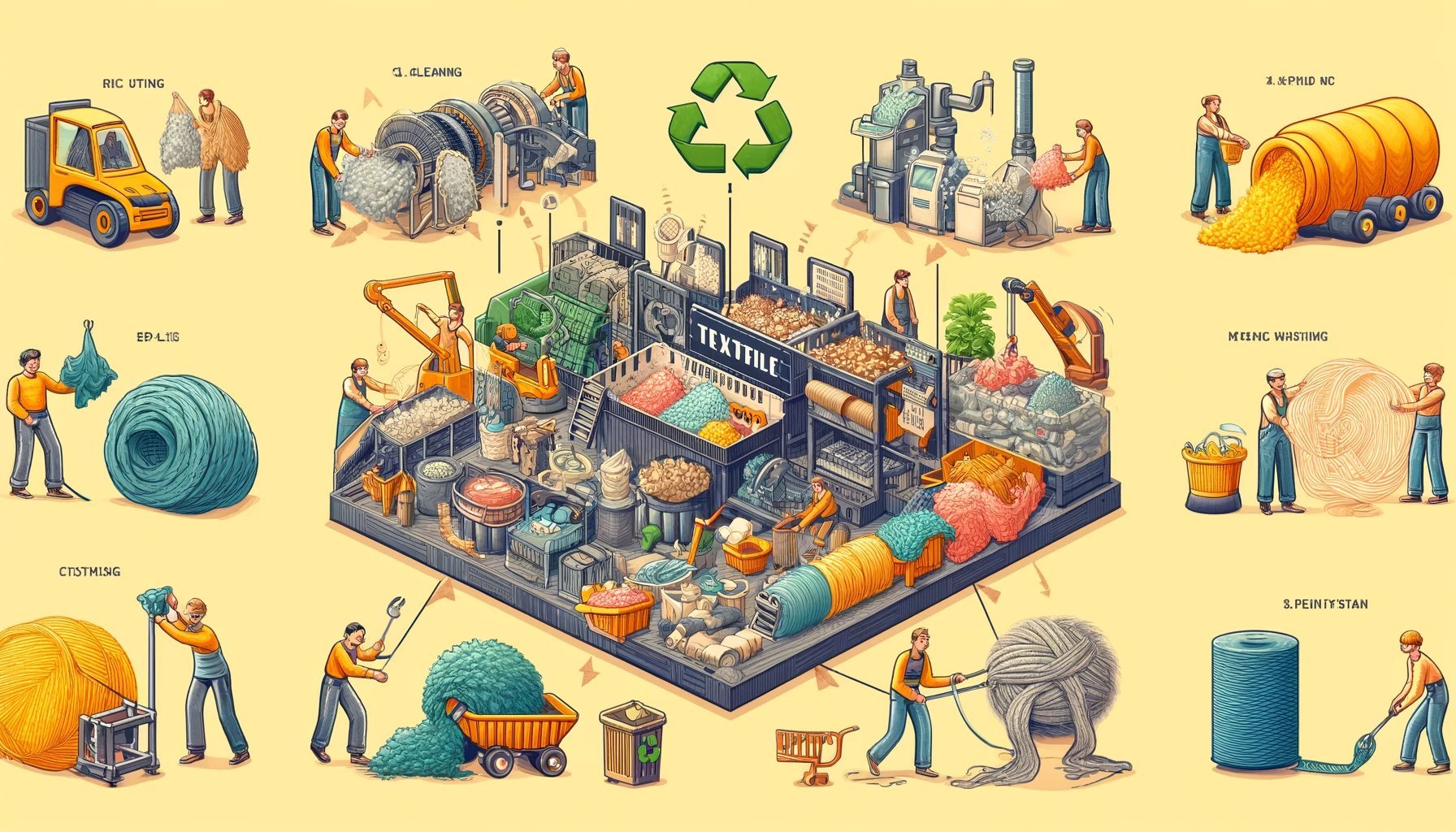


How is textile recycling done? To answer the question, it may be appropriate to examine the recovery stages of other materials. Textile waste is recycled through almost the same stages as others. Textile wastes to be processed for recycling are generated during production processes. These wastes are the excess resulting from yarn production and scraps, fibers and fabric pieces. Used textile products also create consumer-related waste. .
Textile waste collected from producers and consumers in various ways is subjected to separation according to fabric color and type. Correct classification is of great importance in completing recycling in the most efficient way. Mistakes made at this stage may result in different or unusable gains in the waste processing phase. In the next step, the classified wastes are processed with textile recycling machines. Materials recovered in this way are sold to manufacturers according to their intended use, adding value to the economy.
What is the Textile Waste Recycling Process?
Organizations work to create globally applicable solutions to protect the environment and reduce carbon emissions. These innovative studies provide effective results in the evaluation of textile waste. For the success of the practices, it is important for both manufacturers and consumers to obtain information about textile recycling and take responsibility. The first step of the textile recycling process is to collect end-of-life products separately from other wastes at home and workplaces. These accumulated items can be thrown into the textile recycling bins, which are now widespread in almost all municipalities, to be delivered to processing facilities. Spinning mills and textile manufacturers can also deliver waste such as scraps, pieces and fibers directly to the facility that will process them. After the waste is processed, regenerated fiber and yarn products are obtained to be used in the manufacture of new textile products. Recycled beach towels, which are no different from new ones, are woven entirely with raw materials obtained through these recycling methods.